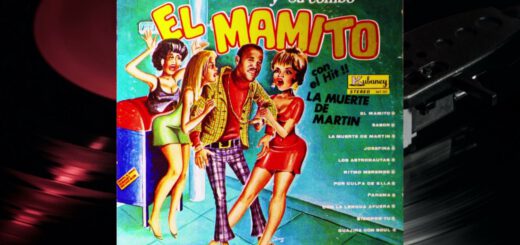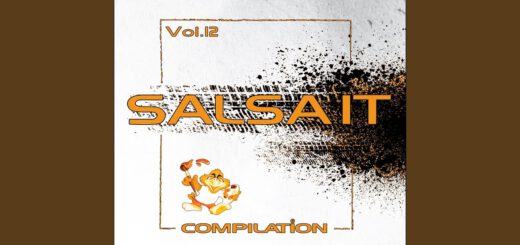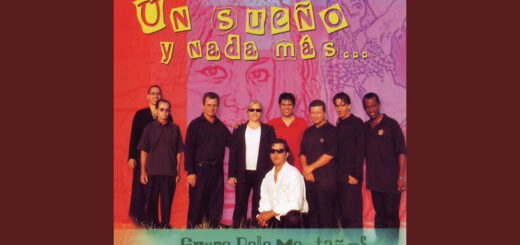Don’t Take Away My Heels! A Salsa Dancer’s Nightmare
« When can I start dancing again? » asked the salsa dancer.
« As soon as you give up those high-heeled shoes! » I replied.
She stared at me coldly. I know I shouldn’t have said it. I know this battle cannot be won.
This probably won’t come to you as a surprise: You can’t tell a female salsa dancer that she can’t wear « cute » shoes. Regardless of how hard they are on the feet and how much damage they do to these critical structures, a woman will still insist on wearing her 5″ ‘Jimmy Choos,’ because they’re not just shoes. They are an integral part of the salsa experience.
Shoes are such an important component of the dance that many women will continue wearing them through intense pain, all the while knowing that their choice of shoe will lead them to an inevitable surgery in the years that follow. Therefore, it is futile to try and convince them to try a different shoe. Instead, I’d rather focus on what we can control: their unrelenting side effects.
The problem with high heeled shoes is not that they necessarily cause a condition to occur. However, they can make an unnoticed or mild condition much worse, and in many cases intolerable. Because the force of the body is applied to the metatarsals and toes, we commonly see women dancers with tough corns and calluses, bunions, hammertoes, neuromas and bone spurs of the toes. The sad truth is this: High heeled shoes will make any of the aforementioned conditions worse. Therefore, if you’re unwilling to give up your shoes, you must be prepared to manage the symptoms, or opt for an outpatient surgical procedure to correct the misaligned structure.
Some things you can do for maintenance:
File down your calluses & corns – With calluses & corns, maintenance is the key. Shave them down regularly so that they do not become painful, but be sure to leave some of the callus. Remember – the reason your body produces a callus is to protect the skin from friction. You can try this yourself, or see your podiatrist, who will shave off just the right amount.
Invest in Moleskin – Moleskin with an adhesive backing can be purchased from your local pharmacy. Use this to prevent toes from pressing together, or from rubbing against the sides of your shoes. Place this moleskin on the ‘hotspots,’ and see if you experience any relief. The tops of the toes are another place where moleskin can be effective.
Practice in Jazz flats – While jazz flats present their own issues (such as plantar fasciitis due to lack of support in the arch), they can keep the constant pressure off your toes. Depending on your specific conditions, consider switching between heels and jazz flats while you practice.
Wear your orthotics – When you’re off the floor, make sure you wear a well-supported shoe with a custom orthotic insert. Placing your feet in an ideal position while you’re not dancing may help your overall condition when the pressure is on.
Much of finding a solution for a dancer (without actually seeing a doctor) involves trial and error. As you are searching for your best solution that keeps you on the floor, remember that pain is your body’s way of telling you something is wrong. If you don’t address the issue, it will worsen. Your best bet is to seek professional medical advice if the condition does not heal or becomes chronic. Many dancers avoid seeing a professional because they fear the word « surgery. » This fear is, however, irrational. Podiatric medical procedures have significantly advanced over the last few years. Most surgeries for dance related issues (if treated early) are minor, and may only require a single suture. See a podiatrist for a consultation (many provide this service for free). The knowledge you gain could save your dancing career!

























